- Learning time
- 20 minutes
- First play time
- 80 minutes
Favor of the Pharaoh
Designed by: Thomas Lehmann
The theme of Favor of the Pharaoh is one of ambition – each player begins as a lowly Egyptian peasant, and hopes to make their way up through the strata of society in order to eventually find an audience with the Pharaoh himself.
Each player begins with a minimal set of dice and their own pyramid, and throughout your journey, you’ll roll them, assign them to the pyramid, and then take whatever rewards you’ve hopefully gained. Your aim when rolling is not dissimilar to Poker Dice – three of a kind, two pairs, a straight, all odd numbers, a collective total higher than X and so on. Assuming you hit one of these objectives, you get to take a tile and add it to your armoury. The tiles can do two things – either gift you with more dice or allowing you to manipulate the numbers you roll. Extra dice aren’t just necessarily numbered 1-6 either – some are numbered 1-3, some 4-6, some grant special abilities like free rerolls. Some tiles give you chips that can be cashed in for rerolls or dice manipulation. Some give you a significant one-off use – a free turn, for instance.
After every roll you must ‘lock’ at least one of your dice, and add it to the pyramid.
There’s a flourish in how the game’s finale works – one of the top tiles is the Queen, and as soon as any player claims the Queen, there is a kind of dice-rolling showdown for the win, when everyone rolls as many dice as they have, following the same locking-off rule as a standard turn and using whatever special powers they may have at their disposal. The player who rolls the most of a single number (the most of a higher number beats the most of a lower number) wins the game!
Favor of the Pharaoh has an older name (with different theme and rules) in To Court the King
The guru's verdict
-
Take That!
Take That!
No direct combat, although players can nab the last of a certain tile before you get one yourself
-
Fidget Factor!
Fidget Factor!
Low
-
Brain Burn!
Brain Burn!
Low - there's certainly a sense that combining different tiles together will help more than a scattergun approach, but sometimes you just have to take what lady luck prescribes.
-
Again Again!
Again Again!
While less luck-reliant than it first appears, there's certainly a chance element here that would frustrate the chess players amongst us. But there's also a lot of variety in how the games set up (not all tiles are used) and, needless to say, what tiles you manage to claim.

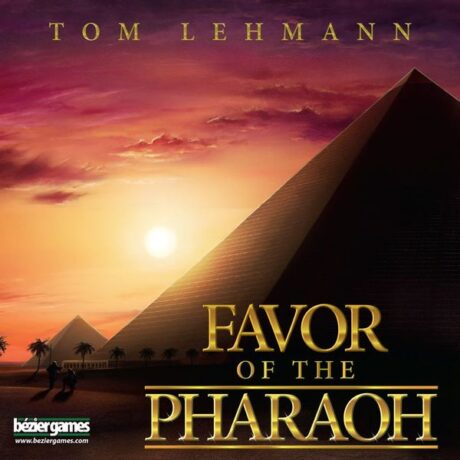

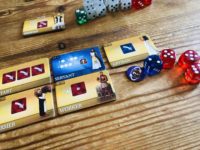
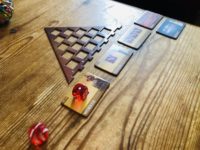
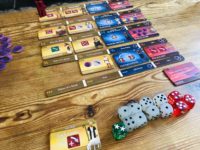


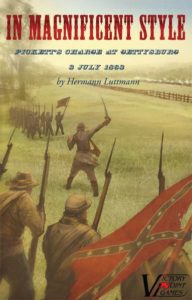
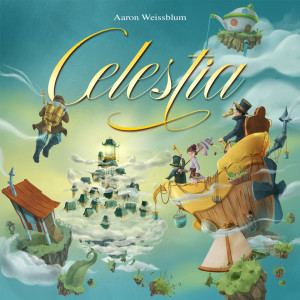
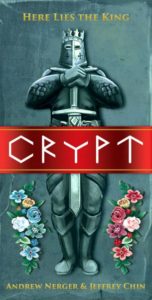

Sam says
If you want to feel the hot sun on your back and sense the political tension and intrigue of such a journey, Favor of the Pharaoh isn't really that. It's a dice-chucking game: a solidly designed one, and I like how the ending allows for surprises when someone pulls off an against-the-odds victory. For me, it takes a little long to get there. I feel like the experience suits a 20 minute game rather than one that takes the best part of an hour, and although kids will enjoy the nicely-produced and varied dice available, they may also suffer the slings and arrows of fate and find the game occasionally frustrating. That said, it's an okay game for us (we prefer Thomas Lehmann's other titles) but as always, may turn out to be much more so for others.